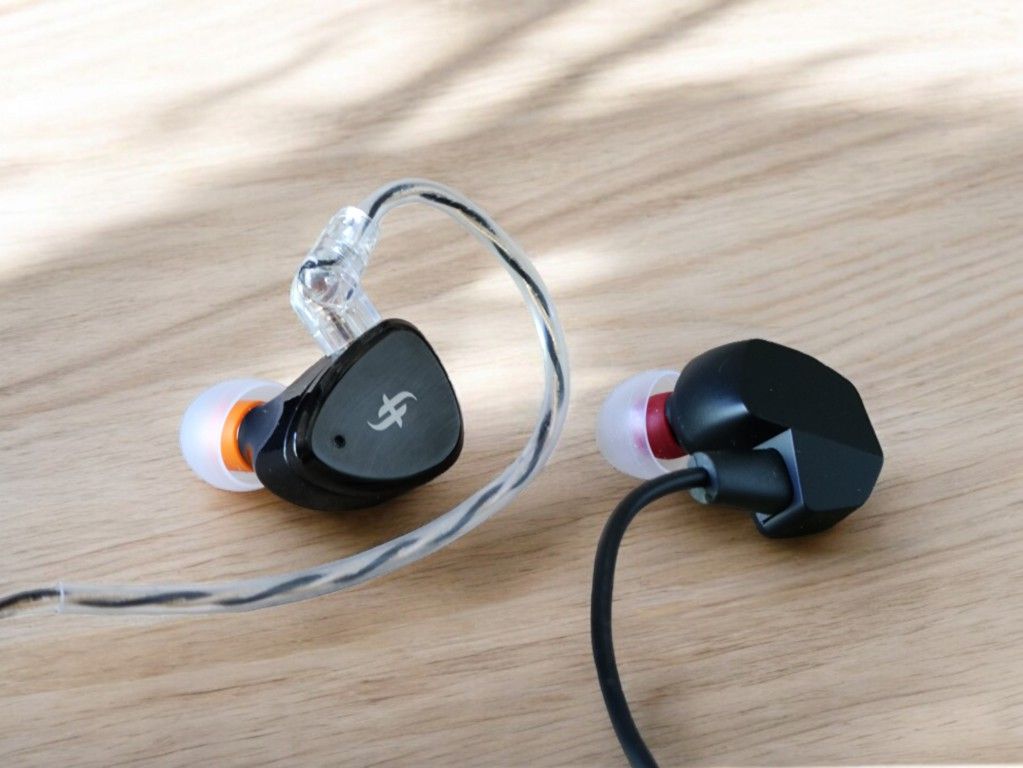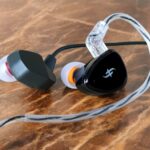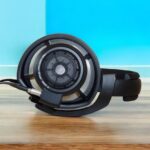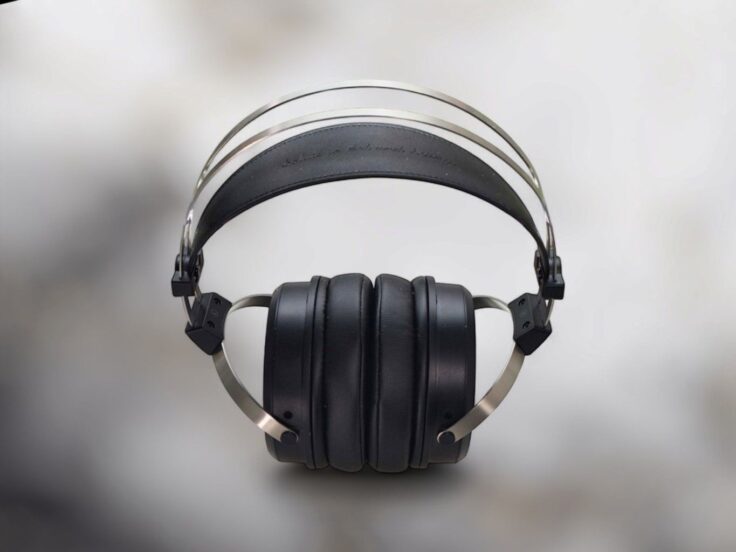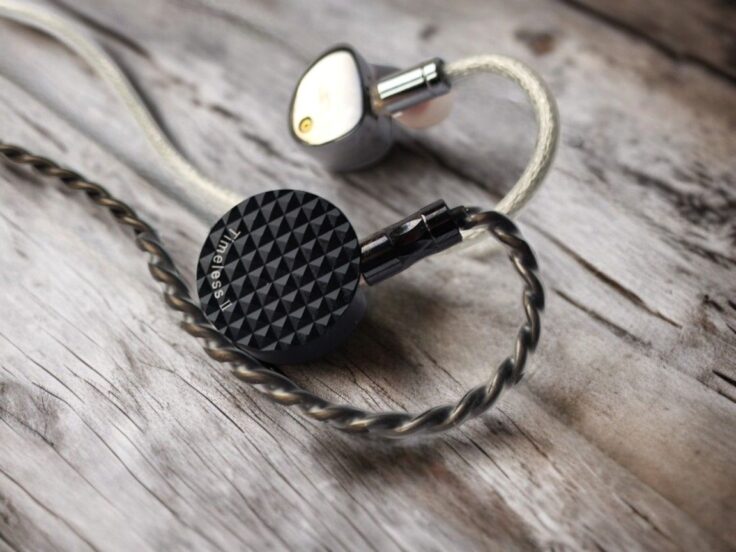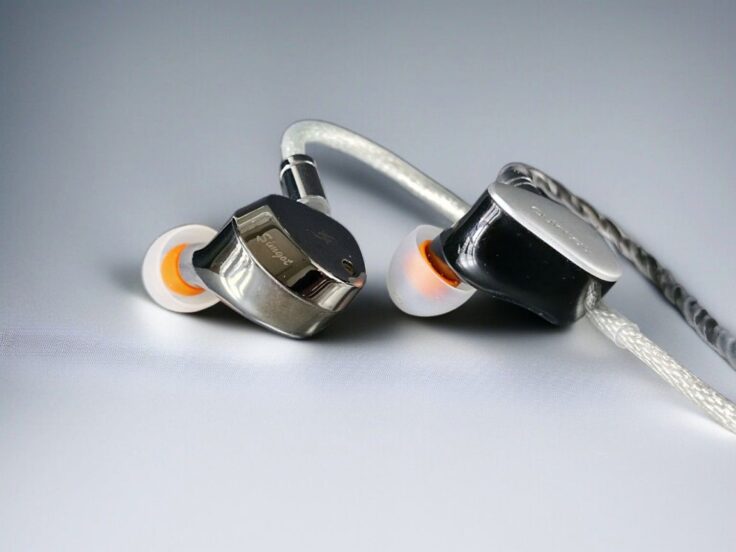Both the Simgot EM6L and the VR3000 are the first IEMs from their respective manufacturers designed specifically for gamers. The VR3000 was launched in 2021, while the EM6L debuted in 2023. The Final VR series includes three models: the VR500, VR2000, and VR3000, all of which I have previously reviewed (see here).
The EM6L and VR3000 both offer excellent imaging capabilities. The VR3000, consistent with other VR models, features a non-detachable cable with a microphone, whereas the EM6L has a detachable cable but no microphone. Both IEMs are light and comfortable. The EM6L is larger, but it provides superior passive noise isolation.
You can find my full reviews of both models here:
LISTENING IMPRESSIONS
Below are some track-by-track listening impressions, using my desktop rig with the Topping A90 amp and the RME ADI-2 DAC FS as a source.
I used SpinFit CP100 tips on the VR3000 and CP145 in the EM6L. They fit me better than the stock tips.
New Life Baby Paris by Mala
The VR3000 impresses with a well-defined and powerful low-end. The rest of the spectrum is clear and quite crisp, but not too much so.
The EM6L has less bass quantity, and it’s not as tight. The soundstage is similar, but the detail level in the mids and treble seems higher.
Jambi by Tool
The EM6L sounds good, with a nice smoothness. There’s enough bass energy, and there’s no problematic sibilance.
The VR3000 has better bass performance and a crisper high end, but the midrange is withdrawn, making the vocals differ a bit in terms of presence.
Rocket Man by Bob James Trio
This album is recorded binaurally and is excellent for testing spatial capabilities as well as musical performance. It’s a great jazz album, and it sounds terrific on the VR3000. The bass is quite strong, but very well defined. The midrange, especially the piano, is a bit polite, and the percussion is crisp and clear.
The EM6L has less bass quantity and isn’t as textured-sounding. Even though it’s not a mid-centric earphone, the piano is a bit more present. It feels nicely detailed, but slightly less crisp. Imaging is good with both earphones.
The Golden Age by Beck
The guitar is on the crisp side with the VR3000, the vocals are too. The bass is full-sounding yet impressively well defined. The midrange isn’t as present as I personally prefer, and the V-shaped sound signature is quite obvious.
The EM6L is slightly more laid-back in the highs, but still crisp. It has more present mids, while the bass is less precise. Imaging is better with the VR3000, but the EM6L sounds more musical.
Lazarus by David Bowie
The bass on the VR3000 is excellently defined, extended, and quite voluminous. The imaging is excellent, and the detail level is very high. There are good dynamics, but with somewhat recessed mids.
The bass is still powerful and dynamic with the EM6L. The vocals are slightly warmer, and the treble isn’t as crisp.
Come Away With Me by Norah Jones
The bass is very present, and the piano and guitar are clear but not taking center stage. The vocals are nice.
With the EM6L, there’s more midrange. The guitar and piano have more presence, and there’s more warmth to the vocals.
The imaging is great and similar between the two earphones.
Escape Route by Boris Blank
I think the EM6L renders this track very nicely, with a full sounding, warm bass, great imaging, and lots of detail.
The VR3000 has a full bass with better definition, better imaging, crisper but more recessed mids, especially noticeable with the trumpet, and a brighter treble.
Summer 3 – Vivaldi Recomposed by Max Richter
They both do a good job; the VR3000 is crisper, and the EM6L sounds more organic. It’s quite typical that the EM6L sounds detailed in a smoother way than the sharper-cut VR3000.
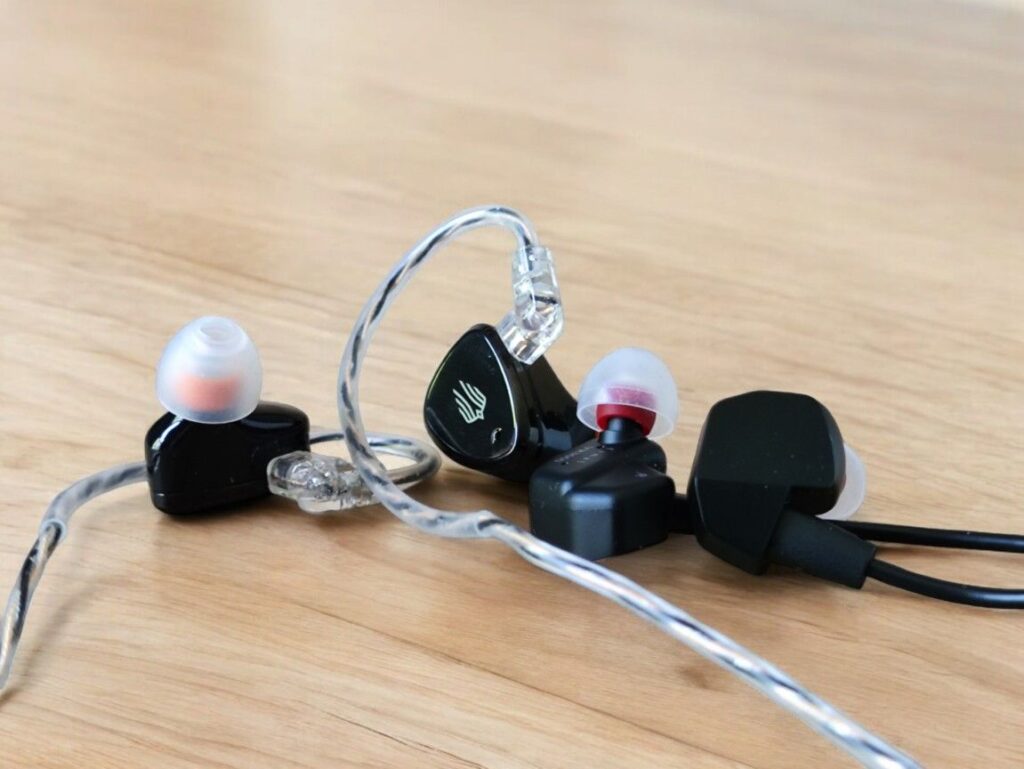
WRAPPING IT UP
Sound Signature
They are both equipped with a V-shaped frequency response curve, but the VR3000 is more so than the EM6L. This implies that the EM6L has relatively speaking more midrange presence, something that is often very noticeable.
Treble
The VR3000 has a brighter treble. It’s crisp and clear, but it can become a bit too much so. The more rounded EM6L feels better for music listening.
Midrange
The EM6L has more presence in the midrange, and sounds more organic. The VR3000 can become a bit crisp and edgy with, e.g., trumpet sounds.
Bass
The VR3000 has better-defined bass and often more quantity as well. The EM6L is quite detailed, but the VR3000 is more so. Both are quite punchy.
Soundstage and Imaging
They both have a very good soundstage and great imaging capabilities, but the VR3000 often comes off as a bit better.
Detail, Dynamics and Timbre
The two earphones deliver detail in different manners. The VR3000 is sharper cut, while the EM6L is more subtle and organic in its delivery.
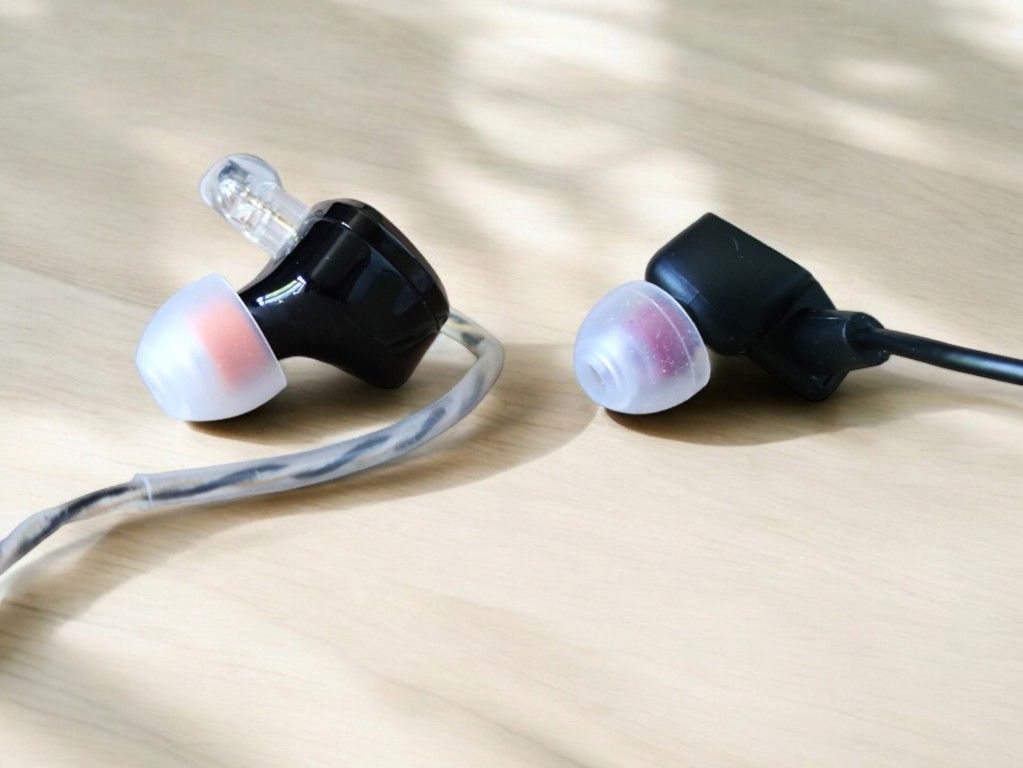
CONCLUSION
The VR3000 features a V-shaped frequency response with brighter treble and powerful, well-defined bass. The EM6L, on the other hand, typically has less bass quantity, more midrange presence, and a smoother treble. For gaming, the VR3000 might be the better choice if raw detail and precision are crucial. However, the EM6L is not far behind, and when it comes to music, it offers a smoother and often more enjoyable listen.
Purchase links EM6L:
- Buy on Amazon: Simgot EM6L
- Buy on Linsoul: Simgot EM6L
Purchase links Final VR-series:
- Amazon: VR2000
- Amazon UK: VR500 , VR2000 , VR3000
- Amazon DE: VR500 / VR2000 / VR3000
Any purchase you make on Amazon or Linsoul with any of our affiliate links will give us a small provision at no cost to you.
We only get a provision for items that are not returned, so there’s no incentive for us to recommend something that’s not good.
Linsoul : Headphones, Earbuds, Wireless Earbuds, Desktop DAC/AMP, Portable DAC/AMP, Digital Audio Players,
Amazon: Headphones, IEMs, Headphone Amplifiers, Home Audio or Anything else.
.
If you enjoyed this article or other content on The Headphoneer, you might consider leaving a small donation to keep this website up and running. No donation is too small. Thanks for supporting us!
If you like our work please follow us on Instagram, Facebook and Twitter , it will help us grow. Sharing is caring 🙂


